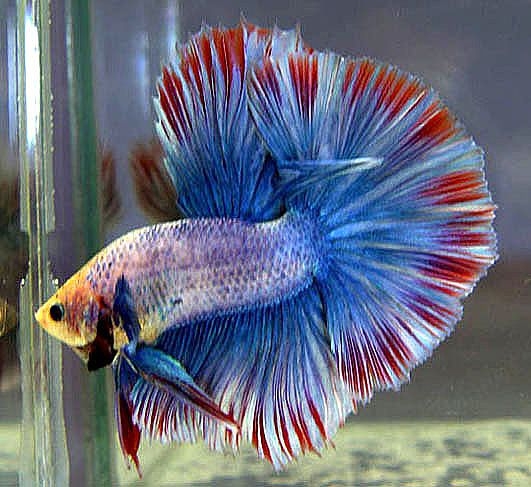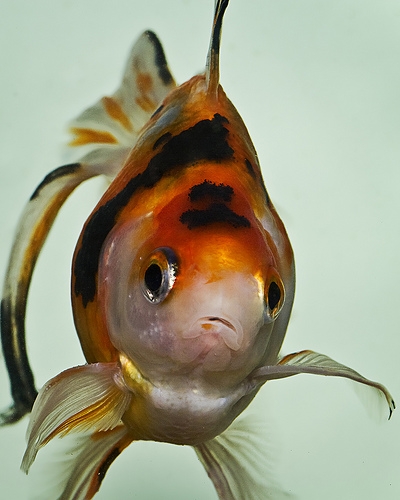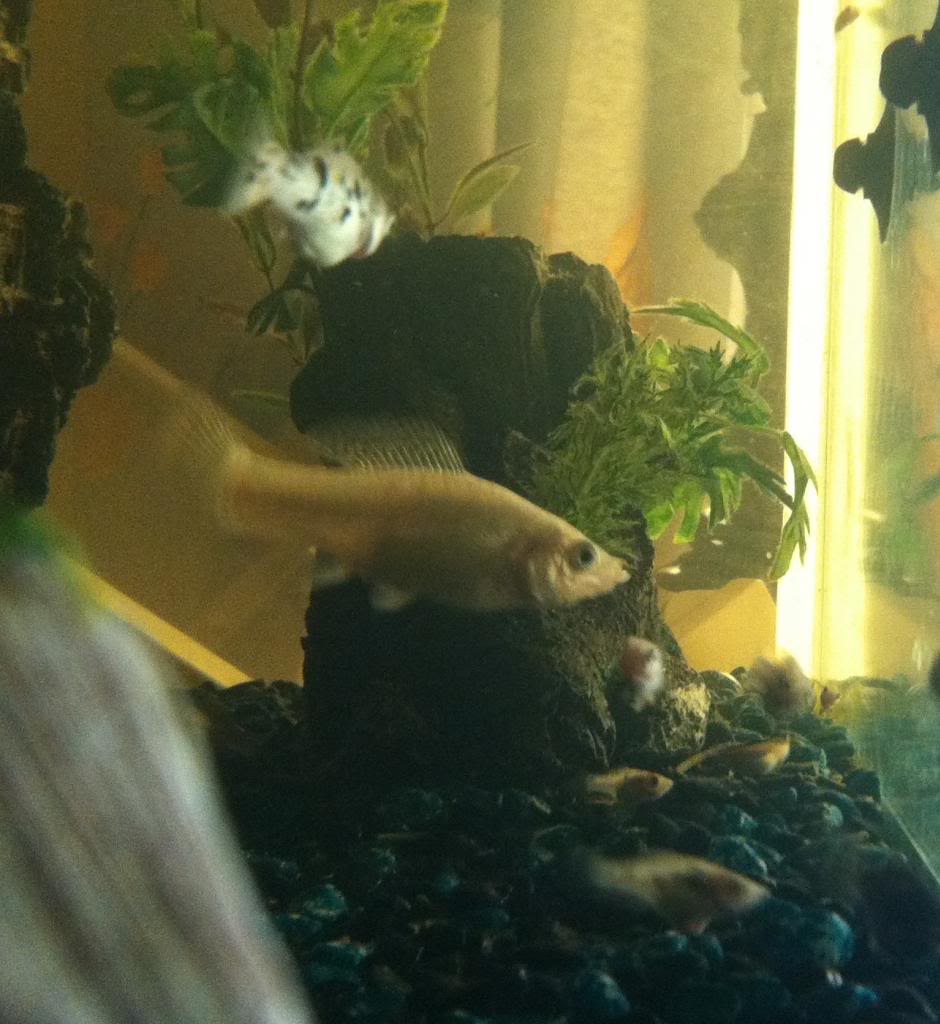
Scientific Name: Brachydanio rerio
Breeding Method: Egg scatterer
Ease of Breeding: Easy
Introduction: These perennially popular fish are named for the stripes that run the length of their bodies. They are happiest in groups, and zoom around the tank in a blur of activity. They can be bred in community, species, or breeding setups.
Sex Differences: Males have blue and gold stripes, while females have blue and silver stripes, but you'll have to look closely to see the difference. Females also tend to be larger and plumper than males, especially when conditioned for breeding.
Water Conditions: Hardness and pH not critical. Temperature should be between 73° and 79°F.
Equipment: Breeding tank should be at least 24 inches long, since zebra danios like a lot of room to swim. Add heater and filter, plus a spawning grate or sub¬strate of marbles or coarse gravel to protect fry from egg-eating parents.
Conditioning and Triggers: For the highest yield of fry, condition separately for a week to 10 days, feeding live foods four to five times a day. When the female becomes ripe with eggs, transfer the breeding pair - or two males and one female, if you prefer - to the tank you've prepared. You may want to do this late in the evening, since spawning typically occurs at daybreak; some breeders like to position the tank where it receives early-morning sun to encourage this.
Spawning: The male chases the female around the tank. Then he curls around her and releases a cloud of sperm, while the female simultaneously releases a batch of large, clear eggs. The parents may continue to spawn at regular intervals, while the fertilized eggs drift to the bottom of the tank. If there is no spawning grate in the tank, remove the parents after breeding or they may eat the eggs.
Brood Size: Up to 400.
Fry Care: Zebra fry hatch between one and four days after spawning, and are free swimming within a week. Feed them infusoria and fry food for the first week; by the second, they should be big enough for baby brine shrimp. In week three, add a sponge filter. They will mature in four to six months.
Special Notes: The eggs produced during a female's first mating may not hatch, but successive spawns should be more fertile.Â
 How to clean out a fish tank for a beta fish
How to clean out a fish tank for a beta fish
How to clean out a fish tank for a beta fish
How to clean out a fish tank for a beta fish
 Life Span of Female Betta Fish Vs. Male
Life Span of Female Betta Fish Vs. Male
Life Span of Female Betta Fish Vs. Male
Life Span of Female Betta Fish Vs. Male
 What Are the Causes of Ick in Fish?
What Are the Causes of Ick in Fish?
Wh
What Are the Causes of Ick in Fish?
What Are the Causes of Ick in Fish?
Wh
 Facets To Consider When Choosing A Cruise Rental
Sbiten is made at different ways, together non-alcoholic a
Facets To Consider When Choosing A Cruise Rental
Sbiten is made at different ways, together non-alcoholic a
 Breeding Tropical Fish
Credit: Alana R
Breeding Tropical Fish
Credit: Alana R
Copyright © 2005-2016 Pet Information All Rights Reserved
Contact us: www162date@outlook.com